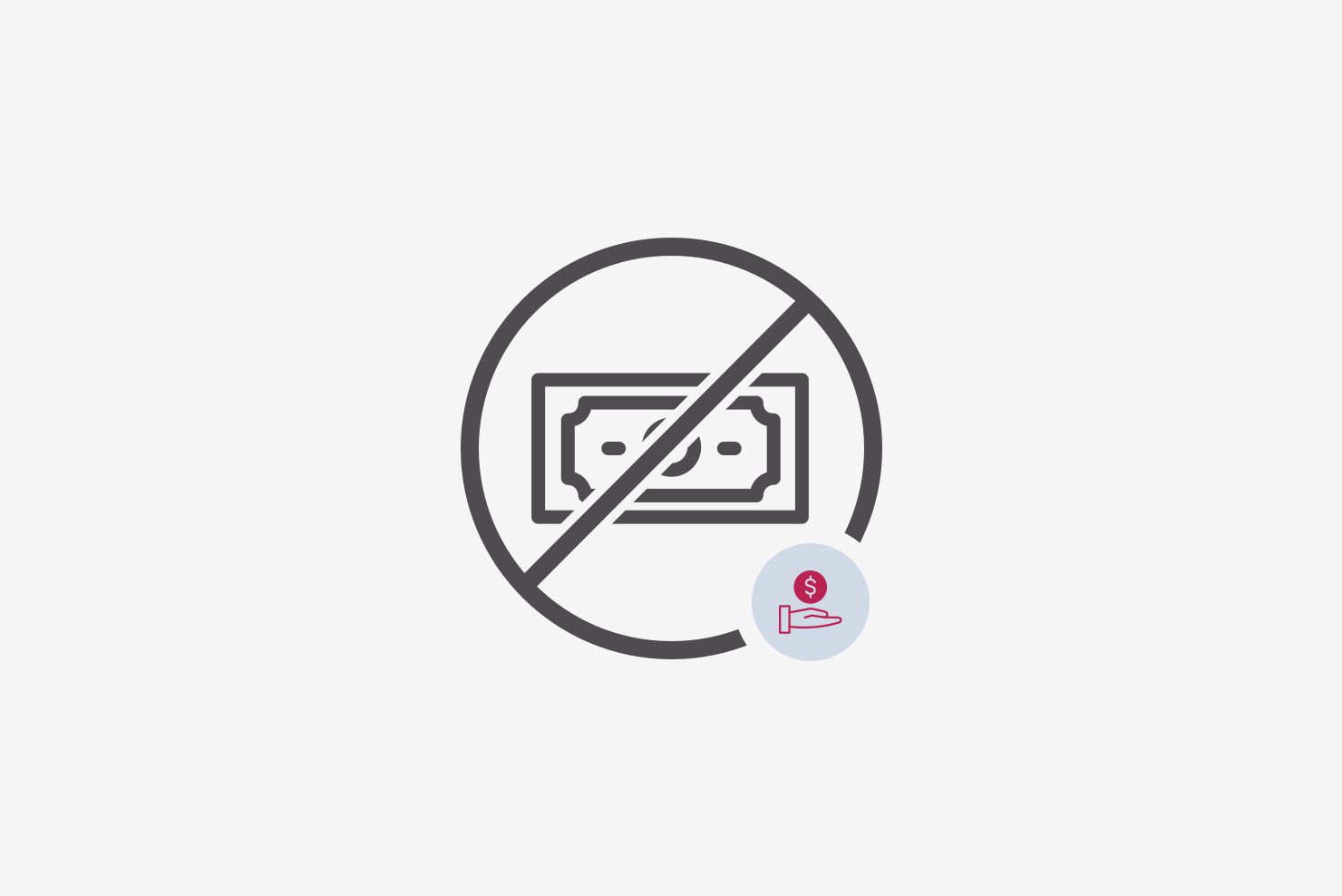If you are owed money, you may be able to include interest in the amount that is owed to you as pre-judgment interest! Typically interest is accrued after a judgment is made and the judgment is final. However, in some circumstances, you may be able to include interest as part of your demand letter and lawsuit.
Pre-judgment Interest Examples
- If your agreement, either written or spoken, expressly states that the agreement is interest-free, you may not charge an interest rate.
- If your agreement, either written or spoken, specifies an interest rate, include this interest in the total amount you are owed. Any legal rate of interest stipulated by a contract remains chargeable after a breach thereof, as before, until the contract is superseded by a court verdict or other new obligation.
- If your agreement, either written or spoken, does not specify an interest rate, but it does not expressly state the agreement is interest-free, in general, you may include the following interest in the total amount you are owed:
- For the period before the agreement was breached – the constitutional default interest rate of 7% per annum when the rate is not specified in a contract; and
- If a contract is entered into after January 1, 1986 and does not stipulate a legal rate of interest, the obligation shall bear interest at a rate of 10% per annum after a breach
In breach-of-contract cases, when a contract does not stipulate a legal rate of interest, a prejudgment interest rate of 7% (rather than of 10%) is applied to noncontracting, innocent owners that did not breach the contract personally but that benefit from this contact now (e.g., if they wound up with property subject to a lien).
Other things to consider for Pre-judgment Interest
Also, remember that California usury law, which limits interest rates to be legally charged, does not apply to all contracts. Pre-judgment interest is applicable to these loans and may be recovered at California small claims courts up to a maximum amount allowed by the law. If you are not sure which interest rate to apply to your contract, you should consult an attorney for advice regarding each individual matter.
Finally, remember that the judge will not automatically add the interest to the awarded judgment. You must ask for it!
You will multiply the principal amount of the debt by the annual interest rate, and by the number of years, then add that result to the principal amount.
For example, let’s say you and Bob agreed he would pay you $1,000 with a 10% annual interest rate. If Bob were two years late in paying you, you would multiply the principal amount ($1,000) by the interest rate (0.1) by the number of years (2): 1,000 x 0.1 x 2 = 200. Bob would owe you $200 in interest, plus the principal amount of $1,000. You would ask the judge for $1,200.
Consider searching online for an interest rate calculator from a reputable source to help you calculate the amount of pre-judgment interest you are owed. Consult a legal professional if you are unsure what rate to use.






